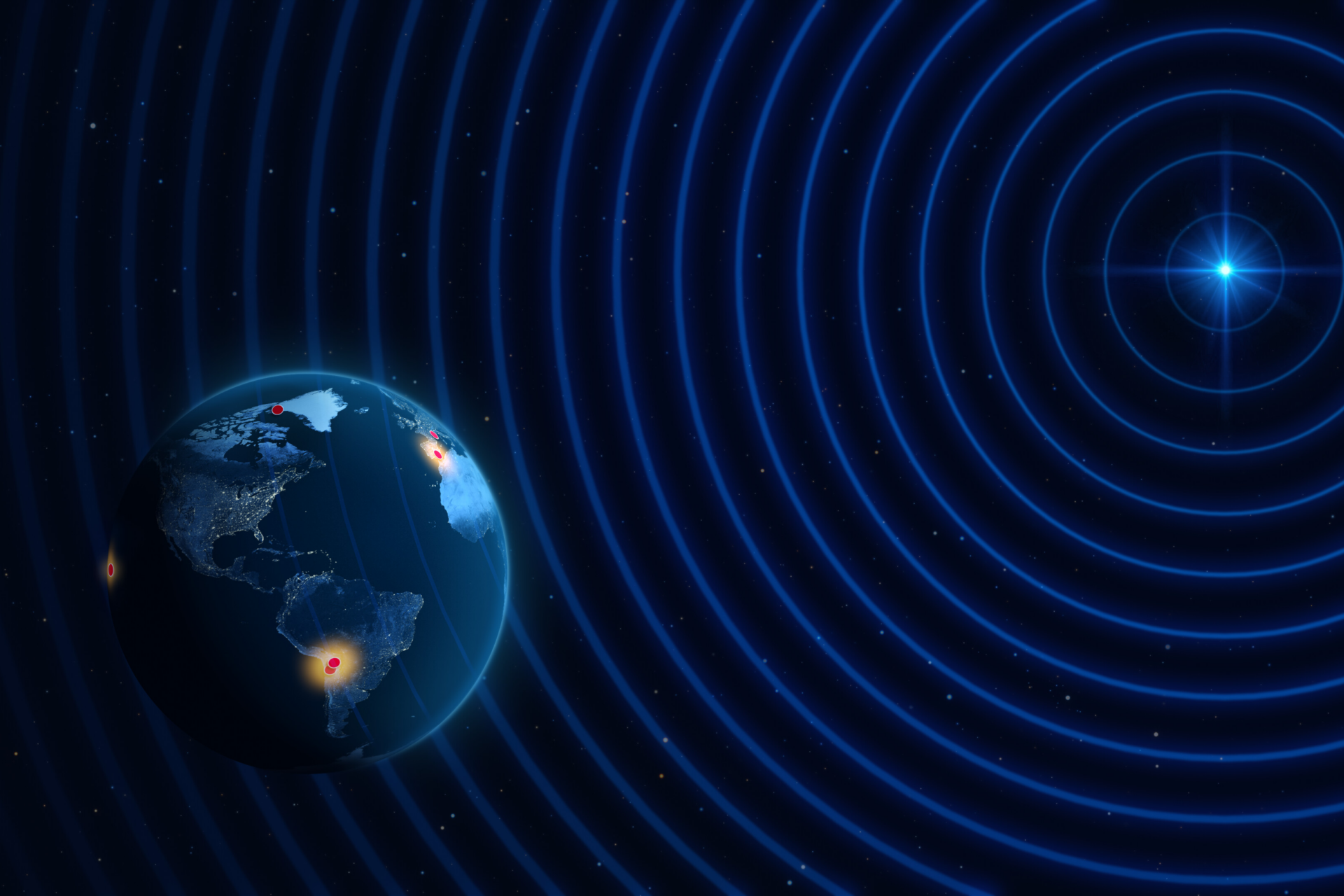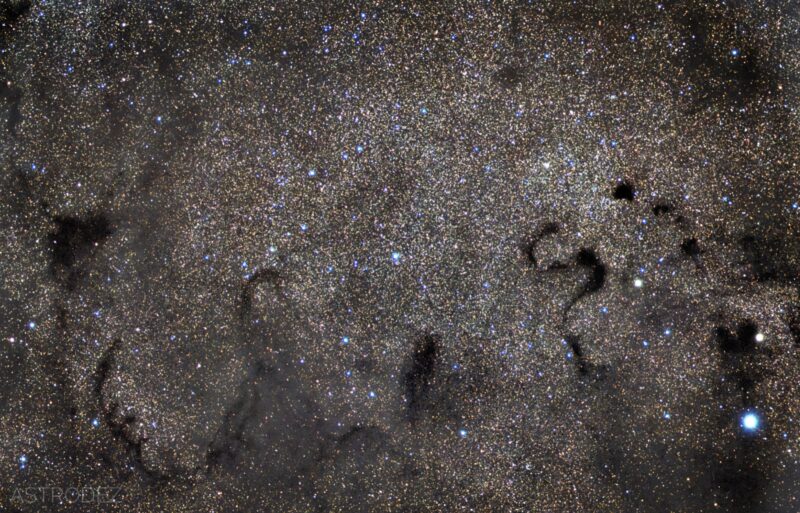The road to Oz may be paved with yellow bricks, but it took time to lay each of those bricks.
Science, too, is a journey that requires building the road you’re traveling on. When astronomers with the Event Horizon Telescope collaboration released the first image of a black hole’s silhouette in 2019, it was an achievement predicated on more than a decade of work. Hardware, software, observing strategies, even relationships across continents and disciplines — all had to be conceptualized, built, and tested before scientists could reach their goal.
Since that first image of the shadow of the supermassive black hole at the center of the elliptical galaxy M87, the collaboration has gone on to image the black hole at the center of our own galaxy, Sagittarius A* (pronounced “A-star”). The team has also produced images that include information about the magnetic fields cavorting in the hot gas near the event horizons of both black holes.
The latest milestone on this road, published August 27th in the Astronomical Journal, expands the EHT’s work to a shorter wavelength. This addition will enable sharper images than before.
EHT images have so far been based on measurements at 1.3 mm (230 GHz). But the collaboration has long planned to expand to 870 microns (0.87 mm, or 345 GHz). The shorter wavelength comes with several advantages. It sharpens images by 50% compared with 1.3 mm, and it’s better at cutting through the muck of plasma and magnetic fields between us and the black holes, giving us a clearer view of what’s happening near the event horizon.
However, 870 microns is tough to observe. Water vapor in Earth’s atmosphere more easily absorbs signals at this wavelength than it does at the longer 1.3 mm. Equipment is also less sensitive.
The collaboration has now overcome these roadblocks. Using test observations taken in 2018, the team has successfully combined data streams from several radio telescopes to confirm that they can detect structure at 0.87 mm. This is the first step necessary to be able to reconstruct images with data at this wavelength.
Credit: ESO / M. Kornmesser
Constructing a Planet-Size Telescope
The Event Horizon Telescope works by combining observations from pairs of telescopes in its global network to create an image, a technique called very long baseline interferometry. Each pair is sensitive to structure on a certain scale in the thing being observed, depending on the distance between the two telescopes.
The new analysis uses data taken in October 2018 with four telescopes: the Atacama Large Millimeter/submillimeter Array (ALMA) linked up with one of three observatories in Hawai‘i, Chile, or Spain. (Weather didn’t cooperate for additional EHT sites in Greenland and France.)
The team achieved a resolution of just 19 microarcseconds, which can reveal details about the size of a Brussels sprout as seen from the distance of the Moon. No ground-based observations have done that before.
Pushing to 870 microns will enable EHT scientists to better study the photon ring, the closest path light can take around the black hole without falling in. This ring is a unique prediction of Einstein’s general theory of relativity, which describes gravity as the warping of spacetime by mass. Everything — including light — has to travel along the curved paths these warps create.
“Gravity bends all wavelengths of light in the same way, so radiation lensed by the black hole should give similar-sized central ‘rings,’” explains Shep Doeleman (Black Hole Initiative, Harvard), the EHT’s founding director.
But the supermassive black holes the EHT studies are also surrounded by hot gas interwoven with magnetic fields. Shorter wavelengths pass through this hot plasma more easily than longer ones, so the accretion flow and jet will look different at 870 microns than at 1.3 mm, he says. By comparing the emission seen at the two wavelengths, the team can use what we know about gas physics and the physics of light-bending to tease apart which light comes from where and refine images of both M87* and Sgr A*.
These early test observations can’t make an image — they’re only a glimpse of the destination on the road of discovery. The team is now working on 870-micron data taken in 2021, which might provide our first look at M87’s black hole at this shorter wavelength. And the next-generation EHT, which will add several new stations around the world, will also include 870 microns where the weather allows it.
Reference: Alexander W. Raymond et al. “First Very Long Baseline Interferometry Detections at 870 μm.” Astronomical Journal. Published 27 August 2024.




